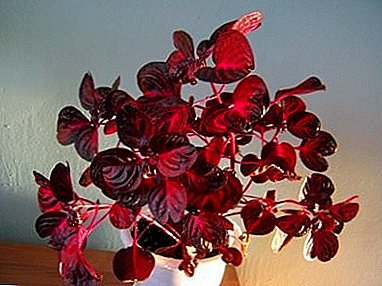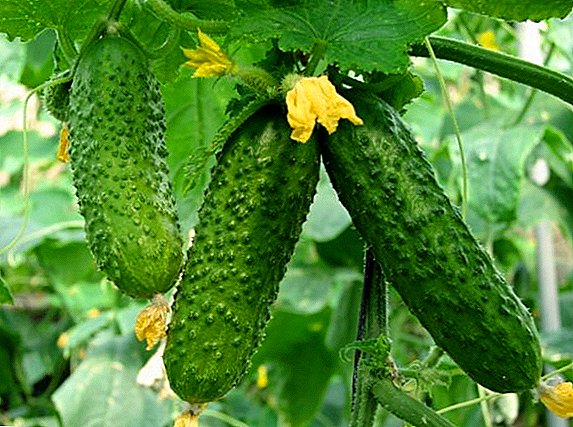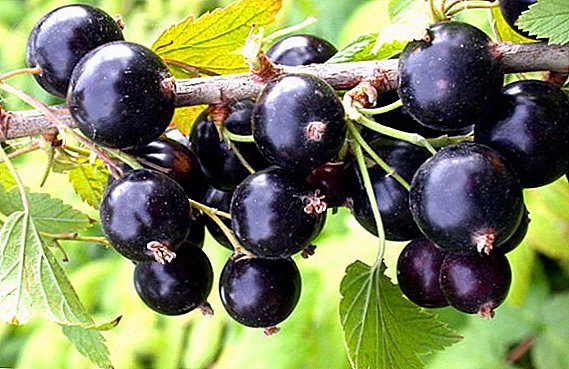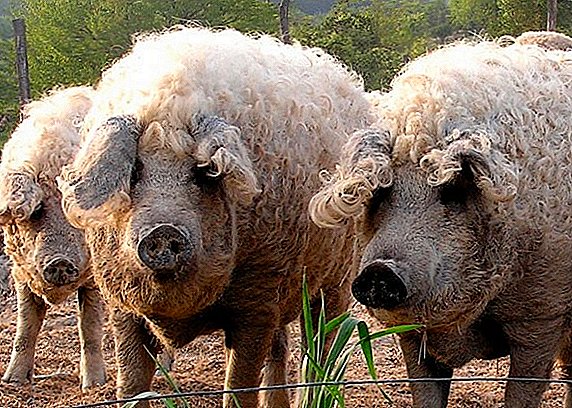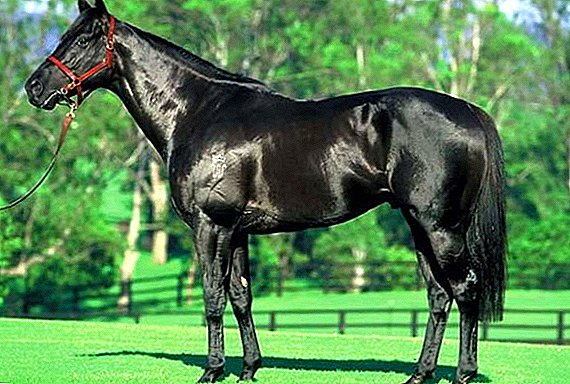
Everyone in life has repeatedly faced with woodlice. Such meetings do not leave positive memories and emotions, but you need to know that the benefits of woodlice are much more than the harm they cause. For humans, most species are safe and behind an unattractive species are safe creatures. Many believe that woodlice are insects. They are actually crustaceans.
How many varieties exist?
In the world about 3500 species of woodlice are known. Many species exist in the water, like most crustaceans. Approximately 250 species have adapted to the land way of life. But, in order for biological processes to proceed well, moor-beads need moisture in large quantities. Therefore, the woodlice has such a name and they are found in places with increased moisture.
Habitat
In nature
You can meet species:
- battleship ordinary;
- cylisticus convexus;
- centipede;
- two-sided;
- sea;
- silverfish
 In gardens, plants that have begun to decompose are mainly consumed. But sometimes they gnaw seedlings, but without causing significant damage to the number of plants. Limes are also found in compost heaps and in fallen leaves. Chewing decaying vegetation, they secrete the feces, thereby fertilizing the soil. The moss insects feed on the spores of the fungus that infect the foliage of the plants, do not allow the disease to spread, or prevent it altogether.
In gardens, plants that have begun to decompose are mainly consumed. But sometimes they gnaw seedlings, but without causing significant damage to the number of plants. Limes are also found in compost heaps and in fallen leaves. Chewing decaying vegetation, they secrete the feces, thereby fertilizing the soil. The moss insects feed on the spores of the fungus that infect the foliage of the plants, do not allow the disease to spread, or prevent it altogether.
In the apartment
In residential areas mainly two species of wood lice are found.:
- battleship;
- rough wood lice.
Penetrate dwelling and woodlice from the street, but mostly in the basement when cold weather comes. They can also be found in flower pots. They do not randomly move around the house, they are mostly found in the toilet and bathroom at night.
reference: if woodlice appeared in the dwelling, this indicates a change in the microclimate, humidity has increased to undesirable values.
Characteristics of crustaceans
In temperate climates live several species of crustaceans.
Battleship ordinary
Armadillo vulgaris (Armadillidium vulgare) is a very famous and common type of wood lice. The type of land, squad of isopods, is well studied.
It has an oblong dense body, divided into segments and seven pairs of legs. Head with a pair of eyes on the sides and four antennae. Two antennae long, two others shorter. Reach a length of 10-12 mm. The color gray is sometimes closer to black, but there are also quite light.
Lackes are generally not dangerous for humans and their homes. They are more harmful to the vegetation, as they take it for food. It is believed that these crustaceans can carry viruses and bacteria, but this is not proven.

Centipede
The second name is a flycatcher. Does not apply to insects. It is an arthropod from the family of centipedes, a tracheal subtype. Occur in darkened, moisture-saturated places..
The flycatcher has a flat body. It is divided into segments, there are 15. There are a pair of legs for each segment. The front pair is the maxillary and is used for catching prey. In most cases, gray with red, brown or pink body color. But there are also yellow.
Centipedes do not spoil the furniture, wallpaper, can not tolerate various diseases and viruses. The centipede is predominantly nocturnal. It feeds on flies and cockroaches.
After a bite, when there is weakness, dizziness, breathing problems and other reactions, you need to urgently call an ambulance or consult a doctor.

We offer to watch a useful video about centipedes:
Silverfish
The scientific name is Lepisma saccharina. Small insect, detachment of bristletails. Lives in residential and prod.kladah. Presumably one of the oldest and still living insects.
The silverfish has an oblong body, from 0.8 to 1.9 cm long, a large number of legs for quick movement. Upon reaching puberty, the individual is completely covered with small scales. Takes in food small insects and ticks harmful to humans.
Silverfish does not pose a threat to human life and health, does not tolerate infection. Unpleasant only their appearance. But thanks to its gastronomic preferences in food, it can harm, as it eats products that contain starch and polysaccharides. In the food are:
- books;
- glue;
- sugar;
- flour;
- potatoes;
- wallpaper;
- Photo.

We offer to watch a useful video about silverfish:
Dvuhvostka
Arthropod with a small body size, belonging to the order of the submaxillary six-legged insects.
Insect 5 mm long, some species reach 50 mm. Dvuvostokki no eyes, for orientation in space uses long antennae, which are very sensitive. Behind there is a church - an outgrowth in the form of claws or forceps, which is used as a defense and for holding prey. If necessary, the dvuvostok can get rid of them, but then the claws grow back anew. It has a red-brown color.
Is the double-sided dangerous? Such a question arises often. Insects damage indoor plants, vegetables, fruits and berries in the garden. With the appearance of dvuvostok in the house, there is a risk of being bitten and infected. The bite is very painful, large dvuvostok can easily damage the skin and leave a mark in the form of two wounds. Sores can itch very much, turn red and swollen.
If allergies are manifested, there may be blisters with liquid. If they are opened, ulcers appear in their place, which cause pain, discomfort and do not heal for a long time.
Dvukhvostki not poisonous, but their bite requires treatment with disinfectants and antibacterial agents. If an allergic reaction has started, immediately call an ambulance or consult a doctor.

Transparent
Clear (white) wood lice are the same silverfish. So they become after shed three times. Breathing produced by the gills. They reproduce rather quickly. Laying a hundred eggs, of which almost a month later an independent insect appears.
Leads the same way of life, eats and harms just like the silverfish. For a person is safe.

Sea
Giant sea woodlouse (isopod) is a deep-sea marine inhabitant of the order of decapod crayfish. Reach a length of 15 to 40 cm, but there were some more impressive specimens. They live in the Atlantic, Pacific, Indian oceans at a depth of 170 to 2000 m. Lead a single life. Eat:
- dead fish;
- worms;
- shellfish;
- seaweed
They look like ordinary land lice, but there are some differences.:
- There is a tail that helps to overcome long distances under water.
- Powerful claws on the legs serve to grip and move along the bottom.
- Big eyes and excellent eyesight.
For a person do not pose a danger, and in case of danger for themselves, they fold up, forming a tangle protected by solid shields of an armor.

We offer to see a useful video about sea woodlice (isopods):
In the basic definition woodlice do not belong to pests. By their appearance, they give a signal of high humidity, a possible problem with sewage or water supply.
To get rid of them in the home, it is not necessary to immediately apply the poison, sometimes there is enough moisture reduction. This negatively affects the comfort of woodlice and they can leave their homeland. It is important to remember that woodlice are involved in the fight against other pests.


